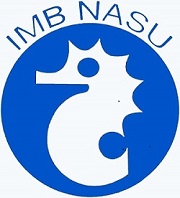ИССЛЕДОВАНИЕ МЕЙОБЕНТОСА ОБЕЩАЕТ ПРИНЕСТИ БОЛЬШИЕ СЮРПРИЗЫ ДЛЯ ТЕОРИИ ЭВОЛЮЦИИ
Анотація
Рецензия на книгу В. О. Мокиевского «Экология морского мейобентоса». – М.: Т-во научн. знаний КМК, 2009. – 286 с.
##submission.downloads##
Опубліковано
2023-05-24
Номер
Розділ
Статті







